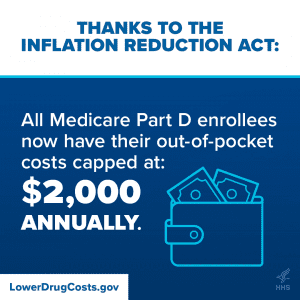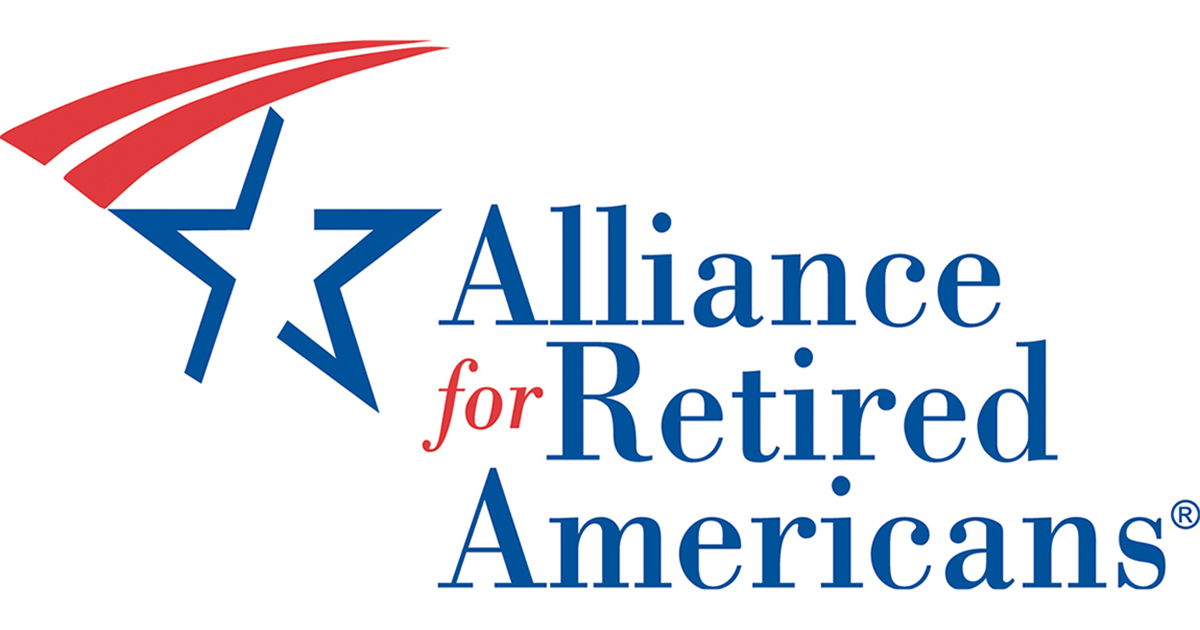January 17, 2025
Out-of-Pocket Cap Expected to Save Medicare Beneficiaries More than $7 Billion in 2025
A new analysis indicates that the Inflation Reduction Act’s $2,000 cap on annual out-of-pocket prescription drug costs – which kicked in this year – will result in significant savings for seniors. About 11 million Americans with Medicare are expected to meet the cap and enter the catastrophic coverage phase in which they will no longer have to pay for their prescription drugs.
 The research projects that enrollees will save an average of $600 to $1,100 dollars, depending on whether they also receive additional prescription drug financial assistance from Medicare’s Part D Low-Income Subsidy program, Extra Help. Beneficiaries with certain chronic conditions will get the largest amount of savings: Cystic fibrosis patients could save an average of $6,700 annually; multiple myeloma patients could save about $4,700; patients with metabolic and immune disorders could save about $3,600; and major organ transplant patients could save about $3,300 annually.
The research projects that enrollees will save an average of $600 to $1,100 dollars, depending on whether they also receive additional prescription drug financial assistance from Medicare’s Part D Low-Income Subsidy program, Extra Help. Beneficiaries with certain chronic conditions will get the largest amount of savings: Cystic fibrosis patients could save an average of $6,700 annually; multiple myeloma patients could save about $4,700; patients with metabolic and immune disorders could save about $3,600; and major organ transplant patients could save about $3,300 annually.
The $2,000 cap is one of several changes that have been implemented since 2022, when President Biden signed the Inflation Reduction Act into law. Medicare negotiated lower prices for
the 10 most expensive drugs for the first time ever last year, and since 2023, seniors have not had to pay more than $35 a month for their insulin copays and can access all recommended vaccines for free.
“The cap on out-of-pocket drug expenses is yet another example of how the Inflation Reduction Act was and will continue to be a boon for seniors and people with disabilities,” said Robert Roach, Jr., President of the Alliance. “It’s also a powerful tool to combat rising drug prices and corporate greed.”

